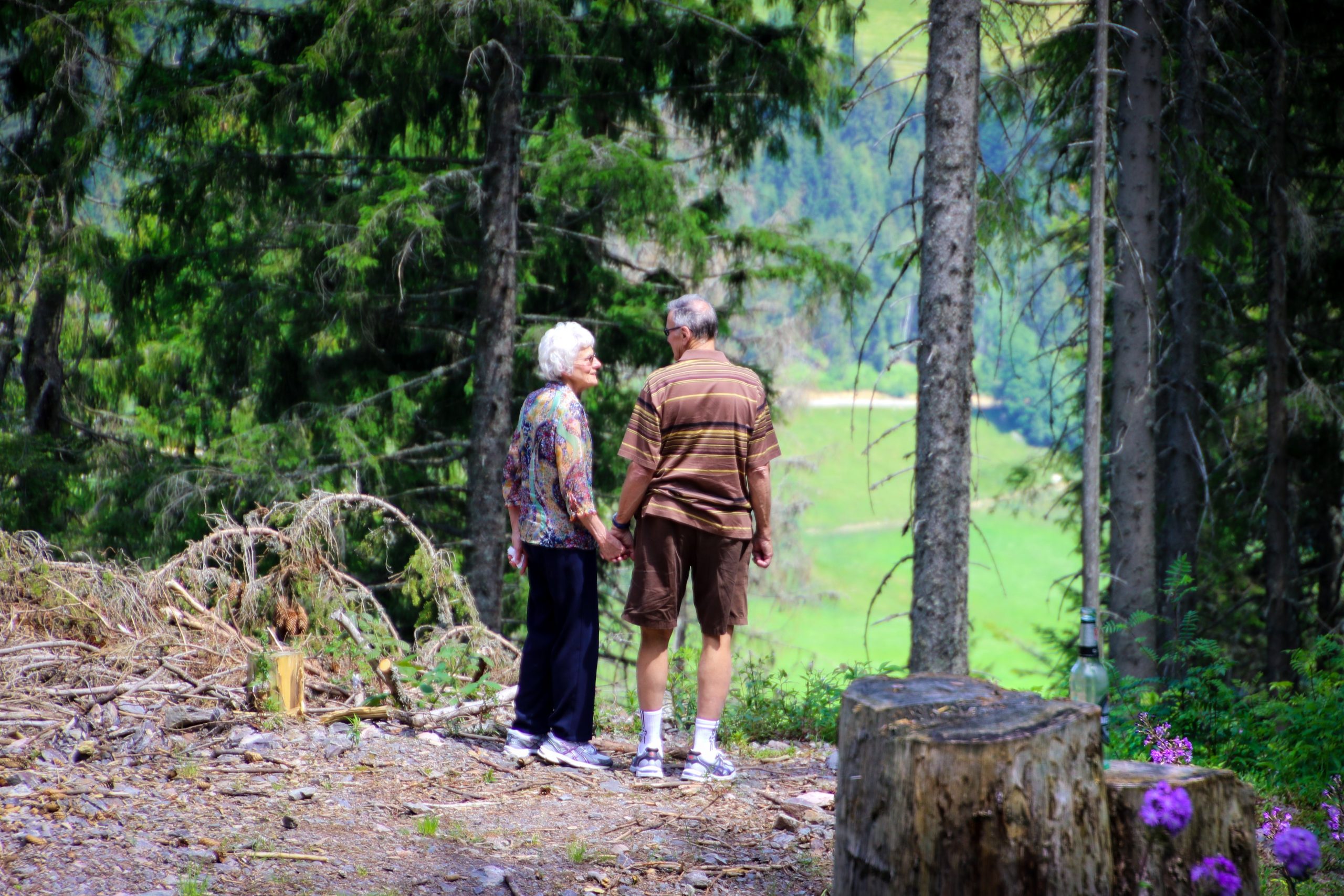Creating Age-Friendly Environments: Designing Spaces to Enhance Elderly Care and Accessibility

The image is not directly related to the article. It merely symbolizes the life of elderly people.
Question: What does it mean to create age-friendly environments?
Creating age-friendly environments refers to designing spaces that cater to the specific needs and preferences of older adults. These environments are designed to enhance elderly care and improve accessibility, allowing seniors to live comfortably and independently.
Question: Why is it important to create age-friendly environments?
Creating age-friendly environments is important because it promotes the well-being and quality of life for older adults. As people age, they may face physical and cognitive challenges that can make it difficult to navigate and interact with their surroundings. By designing spaces that are accessible, inclusive, and supportive, we can help seniors maintain their independence, mobility, and social connections.
Question: What are some key features of age-friendly environments?
Age-friendly environments should prioritize the following features:
- Accessible infrastructure, including ramps, handrails, and elevators
- Clear signage and wayfinding aids to help seniors navigate easily
- Well-lit spaces to improve visibility and reduce the risk of falls
- Comfortable seating areas and resting spots for seniors to take breaks
- Adapted bathroom facilities with grab bars and non-slip surfaces
- Supportive social spaces to encourage interaction and socialization
- Outdoor areas with benches, gardens, and walking paths for physical activity
- Technology integration to facilitate communication and access to services
Question: How can architecture and design contribute to age-friendly environments?
Architecture and design play a crucial role in creating age-friendly environments. They can incorporate universal design principles that ensure spaces are accessible to people of all ages and abilities. This includes features such as wide doorways to accommodate mobility aids, non-slip flooring, and adjustable-height countertops. Additionally, architects and designers can prioritize natural light, acoustics, and ergonomic furniture to create comfortable and welcoming spaces for seniors.
Question: How can communities and organizations promote age-friendly environments?
Communities and organizations can promote age-friendly environments by:
- Engaging older adults in the design and planning process to ensure their needs are considered
- Advocating for policies and regulations that support age-friendly design and accessibility standards
- Providing education and training to architects, designers, and builders on designing for older adults
- Collaborating with local businesses and service providers to improve accessibility in public spaces
- Creating opportunities for intergenerational interaction and socialization
- Offering programs and services that support aging in place and independent living
Creating age-friendly environments is essential for supporting the growing aging population. By designing spaces that consider the unique needs and preferences of older adults, we can enhance their quality of life and promote their independence and well-being.
The image is not directly related to the article. It merely symbolizes the life of elderly people. Question: What does it mean to create age-friendly environments? Creating age-friendly environments refers to designing spaces that cater to the specific needs and preferences of older adults. These environments are designed to enhance elderly care and improve accessibility,…
Recent Posts
- Empowering Caregivers: The Best Online and Offline Resources to Enhance Your Skills
- Traveling with a Purpose: The Rise of Volunteer Vacations
- Breaking Stigma: Dispelling Myths about Mobility Aids and Disability
- Avoiding Probate: How Trusts Can Simplify the Estate Settlement Process
- Senior Citizens Beware: Common Financial Scams and How to Stay Protected

